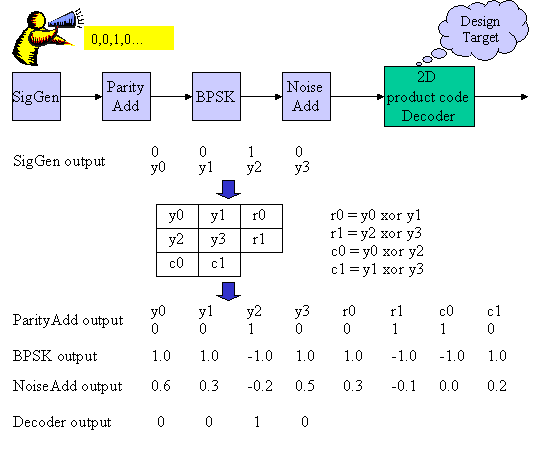

Newch = chr(new_ord) # convert ordinal value back to a character New_ord = ord(ch) + 3 # convert ch to its ordinal value and add 3 To its ordinal value by using the ord(c) function and then useĬhr(ordinalval) to convert the value back to a charcter. Python Note: In Python, you would have needed to convert a character Newch = ch + 3 // add 3 to the ascii value of the character Is a small example of C++ code to shift 'A' by 3 and print it:Ĭhar ch = 'A' // ch gets the ascii value of the character 'A' To shift a character, you can just add an integer to it in C++ becauseĬ++ stores chars as numbers internally using their ordinal (ascii) values. Test your function by writing a main() that includes the following assert statements:Īssert(shiftchar(' ', 10) = ' ') // no shift for spacesĪssert(shiftchar(' ', -10) = ' ') // no shift for spacesĪssert(shiftchar('2', 3) = '2') // no shift for numbersĭon't forget to do #include at the top of the file. C++ makes a distinction between a character and a string. Note that in C++, single characters have the type "char" and specific values are expressed using single quotes. EFFECTS: returns the character after shifting c by shift (which canīe positive or negative) if c is between 'A' and 'Z'.Īssume that shift is between -25 to +25. To get to a general solution that will work for decoding any encoded string, first write a function in C++ that shifts just one character by a given amount: NGORZUZNK BOIZUXYBGROGTZ NGOR ZU ZNK IUTWAXOTM NKXUKY NGOR NGOR ZU SOINOMGT Your goal is to decode and submit the following string using a C++ program by shifting it by -6: The string, one would apply the opposite shift. With a shift of +2, the text "HELLO" would become "JGNNQ". For example, if the shift amount is 2, thenĪ -> C, B -> D, C -> E. In a Caeser cipher, during encryption or encoding, each character in the input is shifted by a constant amount.


 0 kommentar(er)
0 kommentar(er)
